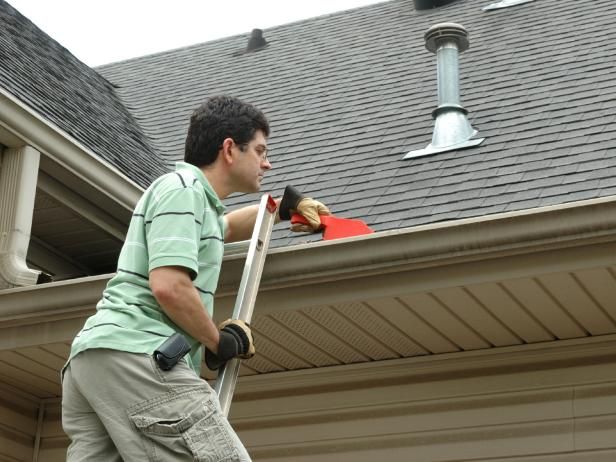Picking up materials for your roof is not an easy task, because there is much more than buying them. The materials you choose will determine the overall durability of the roof, the warranties you will get, its resistance in different conditions, the level of maintenance you must perform periodically and, of course, the aspect of your home. These are all very important factors and you will have to choose the roofing materials with them in mind.
When it comes to roofing in Colorado, there are some particularities related to the local weather. Although we are talking about the sunniest state, there are enough challenges that roofs must withstand here, including the high exposure to UV radiations.
So, if the time to replace you roof has come, you should know about common products used on Colorado roofs and talk about them with Parker roofing companies to determine the right solution for you.

Asphalt shingles
Asphalt shingles are still the number one roofing solution across the country, not just in Colorado. They are indeed the first roofing solution most people think about and the most common roofing material for residential buildings in Colorado and beyond. It is not the best material, and its expected lifespan is only up to 20 years – which can be considered low comparing to other materials – but the quality-price ratio is excellent, hence the popularity of this material. As long as no other material can come close in terms of upfront costs, we will keep seeing many roofs covered in asphalt shingles. In other words, this classic roofing solution is here to stay.
Cedar shingles and shakes
Although wooden roofs are not so popular anymore because of the emergence of more convenient roofing materials, with better resistance to moisture and fire without special treatments and significantly lower maintenance, many Colorado homeowners still go for this solution, especially nowadays when people seem to return to natural materials. Wood shakes and shingles have their advantages: they can be made from recycled wood, are surprisingly durable (the lifespan of a wooded roof is about 30 years) and act as natural insulators.
Metal roofing
Metal roofing is on the rise everywhere. Although for many people it falls a bit short when it comes to its appearance, in recent years is has become more customizable than ever. It is not a cheap roofing solution, but its lightweight, durability and eco-friendliness make it really hard to beat. A metal roof can withstand Colorado’s weather for 50 years and potentially longer.
Synthetic roofing materials
This is a broad category and includes materials designed to emulate everything from wood shingles and shakes to the expensive slate. Synthetic roofing materials can be made from cement, asphalt, rubber, metal and plastics. They do not have the texture, depth and variations of natural materials, but they are still very nice-looking alternatives, not to mention that they are customizable and designed to eliminate the problems faced by the roofing materials they emulate. For example, synthetic shakes are resistant to fire and algae.

